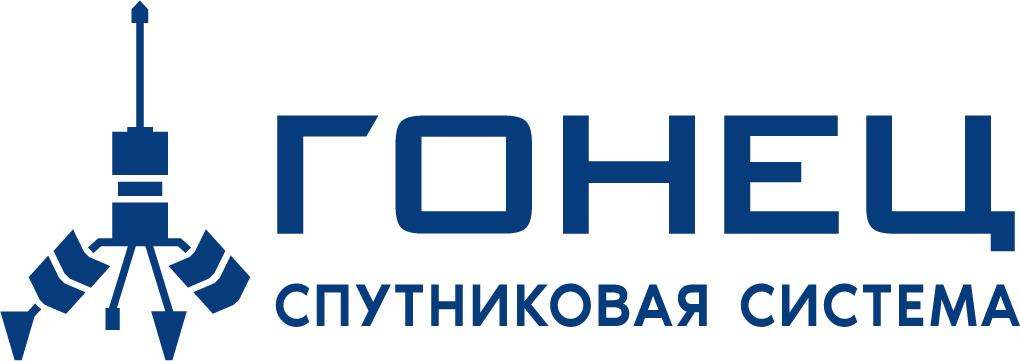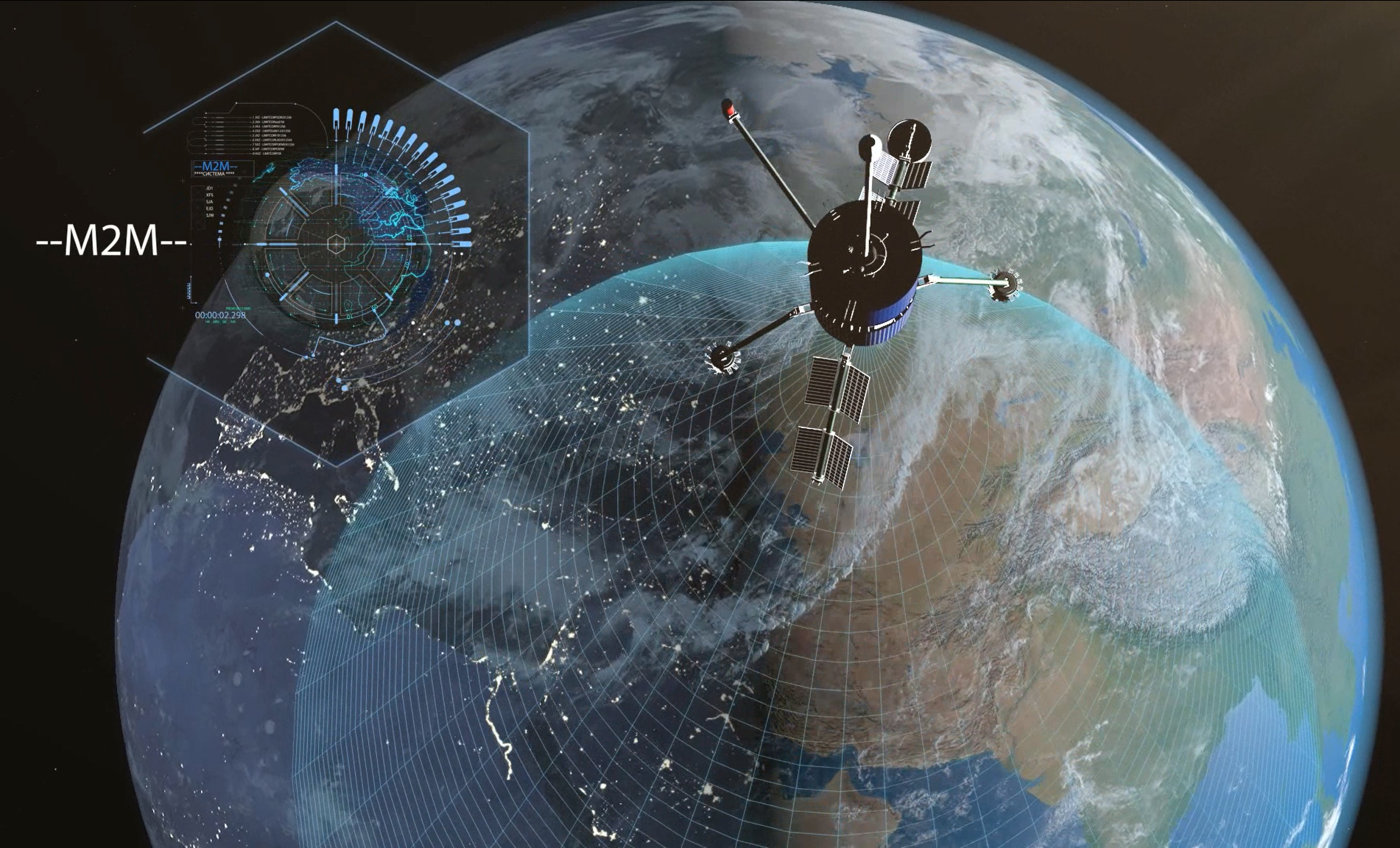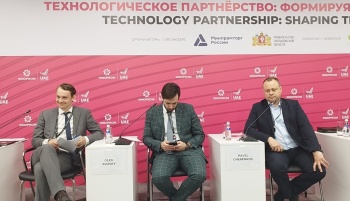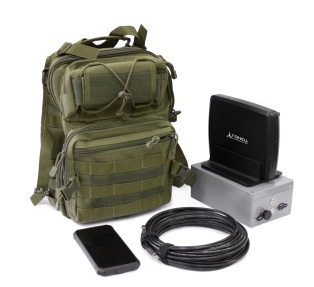With the acceleration of technological progress, the problem of monitoring environmental facilities is becoming more acute. At the same time, one of the key components in environmental monitoring systems is the data transmission segment, whose function is to bring targeted information to the response and decision-making centers. In most cases, these tasks are solved by terrestrial wireless or wired communication networks. At the same time, these tools can not be used at all facilities, because they are often located in remote areas where the construction of ground networks is unprofitable or even impossible.
The insufficiency or absence of communication channels at facilities that pose a danger to the environment can lead to serious negative consequences, since prompt response to emerging threats becomes impossible in such cases. At the same time, the amount of possible damage is not comparable with the costs of installing and maintaining monitoring modules at critical facilities. Thus, Rosprirodnadzor estimated the amount of environmental damage from the fuel spill at the Norilsk Nickel CHP-3 in 2020 at almost 148 billion rubles, which is an unprecedented amount for Russia.
An effective solution to the problems of transmitting information from remote objects is the use of satellite communication channels, which do not depend on the availability or fundamental availability of communication infrastructure in the locations of such objects. To solve such problems, the operator of the domestic low-orbit system "Gonets" (JSC "Satellite system "Gonets", part of the State Corporation "Roscosmos") develops a line of monitoring services with the inclusion of a satellite data transmission segment.
Monitoring of hydrological objects of natural and industrial nature is an important sector of environmental monitoring. At the same time, one of the most informative indicators is the liquid level in the controlled tank. To solve this problem, JSC Satellite System Gonets offers to use a solution where a satellite modem is integrated with a radio wave sensor. Experimental work was carried out by specialists of PJSC "PNPPK" together with the company "Gonets". The liquid level is estimated due to the regular radiation of radio waves by the sensor directed at the surface of the liquid and receiving a reflected signal, the parameters of which are measured by technical means. In the future, data is processed and sent from remote monitoring objects. Special software allows you to monitor the liquid level, analyze its change profile and generate messages for the operator when programmed events occur, for example, reaching a critical level or exceeding the flow rate of a certain volume for a configured period.
The developed solution is designed for autonomous and continuous monitoring, does not require the presence of a specialist and demonstrates high measurement accuracy in both open and closed tanks. The service is able to provide continuous monitoring at remote liquid storage facilities, allowing to prevent man-made accidents and illegal actions. The conceptual solution "Gonets-Ecologist" can be applied in the petrochemical industry, in the transportation and storage of fuels and lubricants, at municipal facilities and treatment facilities. As a separate direction, the service can be used on hydrodynamic objects, in particular dams and dams, or when monitoring flood conditions. As expected effects from the use of the service, it is possible to reduce the risks of harm to various environmental objects, as well as to reduce damage from natural phenomena associated with the rise or fall of the water level.
One of the important directions of conservation and protection of ecological objects is their regular monitoring and forecasting of possible impacts and changes. At the same time, it is important to ensure the ubiquity of obtaining data from such objects, regardless of their location. In this part, the Gonets system, having a global service area, can be integrated with terminal equipment that performs such monitoring. As a good example of integration, we can consider the use of the "Gonets" system to provide communication at remote weather stations of Roshydromet, where the "Gonets" terminals have been successfully transmitting meteorological data for many years. Also, the channels of the Gonets satellite system are used at some stations as backup, which ensures guaranteed delivery of information in case of failure of other means.
Along with the tasks solved at weather stations, work is underway on the concept of a promising complex "Gonets-Hydromet", which should significantly expand the list of services that can be provided by means of the Gonets system. The promising complex will allow automatic data collection and transmission via satellite from the most remote locations, which is extremely important given the extensive geography of the location of weather stations. At the same time, Gonets-Hydromet autonomously records meteorological parameters and transmits them via a satellite communication channel to the monitoring system with a frequency configured by the operator. Thus, specialists can monitor weather conditions online in a remote monitoring center and analyze the situation for various time intervals. It is expected that the implementation of the complex should serve to intensify the information flow, increase the efficiency of obtaining primary data for analysis and, ultimately, further improve the quality of forecasts.
There are several important aspects in the integration of Gonets satellite equipment into monitoring solutions that make it convenient and effective. Unlike the subscriber equipment of geostationary systems, the antennas of the Gonets terminals are compact (only about 18 cm in diameter) and do not require tuning to the spacecraft signal, i.e. they are omnidirectional. This dramatically reduces the requirements for the site for the installation of equipment and allows you to successfully use the Gonets terminals on mobile objects (all-terrain vehicles, ships, road and rail transport). The entire ground infrastructure of the Gonets system is located on the territory of Russia and ensures the confidentiality of the transmitted data. In addition, the Russian affiliation of the Gonets system excludes disconnection for political reasons, including any tools of sanctions pressure, and guarantees users to receive their data regardless of changes in external factors.







